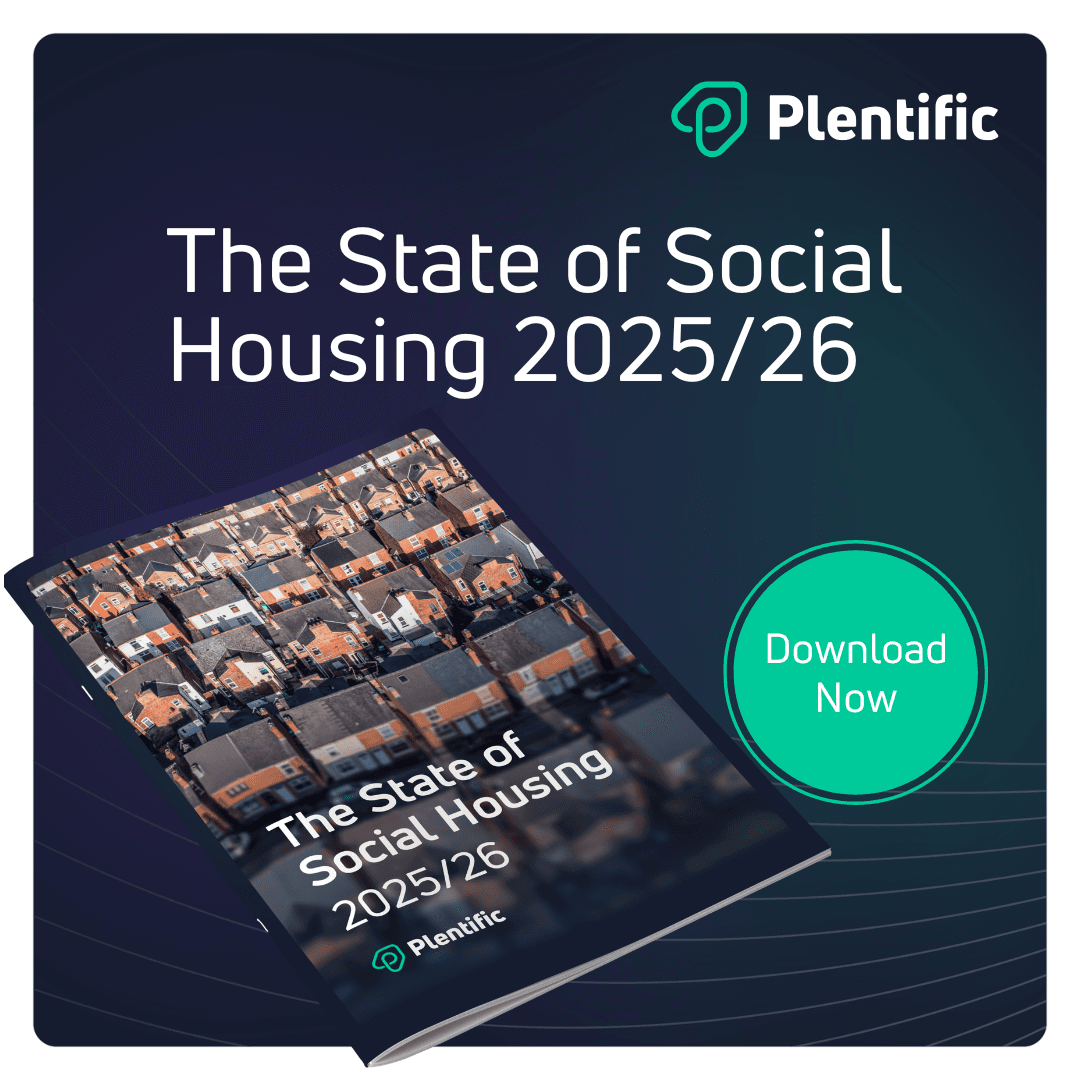By Hasan Bayraktar, SVP Commercial Growth and Expert for Innovations, Plentific
At this year’s Housing Community Summit, I had the pleasure of joining Ryan Dempsey from TCW and Andrew Frankum on stage for a powerful session about the future of compliance in social housing.
The conversation was honest, timely, and I hope energising. It also made one thing very clear: compliance in housing is about protecting people, earning trust, and acting faster when things go wrong.
This article shares some of the key ideas I brought to that session and expands on how we, at Plentific, are helping providers shift from reactive processes to proactive, data-driven decisions.
Housing providers today face a growing list of pressures. Between Awaab’s Law, the Building Safety Act, the Decent Homes Standard, and increasing expectations from regulators, boards, and residents. The job of staying compliant is becoming more complex every year.
But the real issue is about capability. Many organisations are still stuck in outdated systems where compliance data is fragmented across spreadsheets, contractors, legacy portals, and siloed teams. This slows down action, increases risk, and ultimately puts residents at a disadvantage. We’re still chasing certificates, when we should be closing the loop.
At Plentific, we believe compliance should be live, intelligent, and actionable. That starts with data. Specifically, bringing all relevant data into a single place and stopping fragmentation via full integration.
Once compliance, work order, asset, and supply chain data are centralised, intelligent automation can do what housing teams don’t have time to:
Flag issues automatically
Identify competent contractors
Launch work orders for compliance checks and remedials
Track resolutions in real time
Through our partnership with TCW, we combine the sector’s deepest compliance expertise with a platform built to deliver action at scale. Together, we’ve created a seamless journey: from data → to insight → to resolution.
We’ve automated about 95% of the compliance process and that’s a game-changer. But the final 5% is where human expertise matters most.
A system might tell you a fire door failed inspection. But only a compliance officer can understand the context, assess the risk, and decide on the best solution for both the building and the resident. That’s not just regulation. That’s professional judgment, empathy, and local insight.
And after the expert makes the call? The system kicks back in, instantly routing remedial work through Plentific’s AI-powered supply chain management tools to ensure it’s carried out efficiently and compliantly.
So what is now smart integration?
Improving on that last 5% isn’t about squeezing out more automation. It’s about creating a smarter, more connected system that delivers value at every point of contact.
With Plentific, every visit to a home becomes an opportunity to:
Collect updated asset data
Flag future safety issues
Make informed investment decisions
Tie compliance into day-to-day operations
Instead of running compliance, voids, repairs, and planned works in parallel silos, we help providers orchestrate these functions intelligently, reducing duplication and increasing visibility.
One point I raised on the panel was this: Awaab’s Law is not just another rulebook. It’s a wake-up call. It reminds us that compliance isn’t about paperwork. It’s about people’s lives.
That’s why the ability to evidence compliance in real time is now essential. It’s not enough to show a regulator that something was fixed weeks later. You need systems that can demonstrate:
When the risk was identified
What was done
Who did it
When it was resolved
That’s how you move from reacting to risk… to resolving it before it becomes a threat.
Technology only works if it fits the world it’s built for. In housing, that world is complex — legacy systems, tight budgets, strained resources, and overextended teams.
You can’t parachute in a “perfect” system and expect it to work. That’s why partnership is essential.
At Plentific, we’ve built our solutions with housing providers, not for them by working closely with organisations like TCW and leaders like Andy Frankum to make sure our tools are grounded in real operational challenges.Because technology that looks good in theory is worthless if it doesn’t work in practice.
To close the loop on what we shared at the Housing Community Summit, here’s the single message I want to leave you with:
Don’t just capture compliance data. Act on it. Every failed check should trigger a fix. Every decision should be auditable. Every resident should know their home is safe.
That’s how compliance becomes more than governance. It becomes a guarantee to live in a safer place.
And if you are interested how we can help you or your company
 Book a meeting with our team to explore how Plentific can help you turn fragmented data into smart action and build a safer, more transparent future for housing.
Book a meeting with our team to explore how Plentific can help you turn fragmented data into smart action and build a safer, more transparent future for housing.


